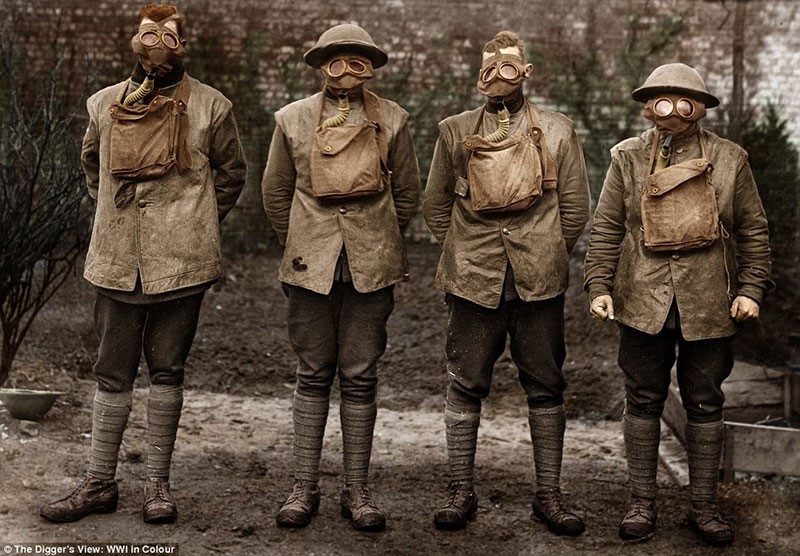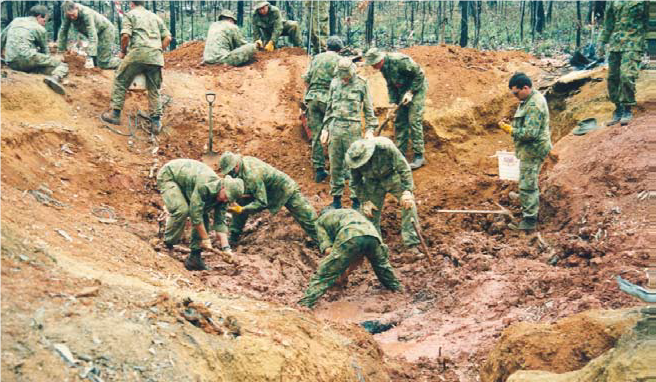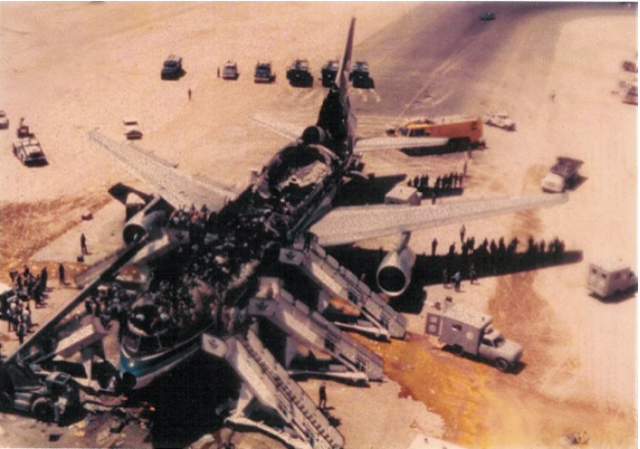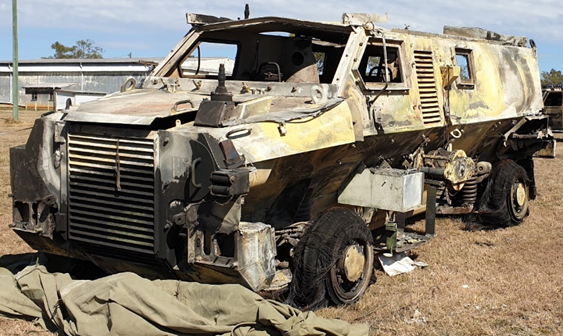Something doesn’t smell right…
Sky clear, loaded up and departing on time. The 4 Regiment PMV-Ambulance left Lavarack as part of a larger packet in convoy on Talisman Sabre 21. But something wasn’t right. The driver noticed it first, and as he pointed it out the other occupants nodded in agreement. There were noticeable fumes in the cabin. They were different to what a Bushmaster normally smelt like.
No matter. It should be fine.
Physiology
When I was a kid, some friends invited me to go smoking in the hedge after school. After first being mocked for trying to light the filter I got ready for that first drag. Coughing and spluttering I noticed my head began to spin. A second drag made it worse. I didn’t know it then but I was hypoxic.
Hypoxia literally means “low oxygen,” but is defined by the deficiency of oxygen that actually reaches the body tissues. It may be due to inadequate oxygen in rarefied atmosphere or displacement within a closed environment. Conversely, it may be that your body simply cannot access the oxygen that is there. Either way, it is trouble.
There are four types of hypoxia[2] and we could see them all in the ADF:
- HYPOXIC Hypoxia – Reduced pressure of oxygen in the blood vessels. That’s the reason Everest is so tough, and why the yellow masks will drop if an airliner blows a gasket.
- HYPEMIC Hypoxia – Anemia, hemmorrhage, nitrites… carbon monoxide (engine exhaust). These all interfere with the ability of your blood to actually carry oxygen to your body tissues that need it.
- STAGNANT Hypoxia – There’s normal oxygen pressure and plenty of haemoglobin (the protein in red-blood cells that carries oxygen) but it’s not being pumped around to the tissues – you might want to get on that.
- HISTOTOXIC Hypoxia – Here the oxygen is reaching your tissues, but they can’t take it up. There’s usually some sort of toxin involved – more information on this is available in the War Memorial, First World War Western Front section.

On 19 August 1980 an airliner suffering a fire on-board successfully landed and stopped on the runway at Riyadh. All 301 passengers and crew died as smoke and fumes overwhelmed them. People died from Hypoxia when all they needed to do was open the door and fall down the slide.
Any time you can’t breathe properly it can generally be traced back to a type of Hypoxia. One way or another it boils down to a lack of oxygen in the tissues of the body. We as humans can’t handle that situation for too long.
Avoidance
By far the best way to avoid oxygen deprivation is awareness. Your olfactory sense (smell) links into your limbic system which in turn plays a major role in mood, memory, behaviour and emotion.[3] Decision making is affected in every case whether insidiously removing your faculties or distracting you from your task.
Without doubt the earlier the decision is made to resolve the issue, the better.
Symptoms
One of the funniest things you will see is someone who is severely hypoxic in a controlled environment. They cannot spell their name. For the sufferer the experience is very different. Gradually sneaking up on you, hypoxic-Hypoxia offers feelings of elation and relaxation like no other. It will see you walking off into a snow storm half dressed in the Himalayas without a care in the world. It has caused the crash of many aircraft, including within the ADF.

SOLDIERS DIGGING OUT THE WRECKAGE OF F/A18 A21-41 – The young pilot likely suffered a hypoxic event and flew, unconscious, from Tindal to Cape York before crashing.
Less amusing is a gas-drill. Coughing and choking, you struggle to get something useful into your lungs. Either way, your decision-making and physical capacity is compromised.
Look for hypoxia in yourself:
Bluish discolouration of the skin, particularly the fingernails. It is called Cyanosis.
Increased heart rate or tachycardia. Your body is trying to compensate for the lack of oxygen by getting the pump going.
Faster breathing – also known as Tachypnoea – is another indication your body is looking for some more oxygen.
Look for hypoxia in others:
Lack of co-ordination / slowing reflexes / slurring speech / poor or no decision making in the face of serious situations.
Treatment
Solving Hypoxia is situational. Fumes are highly dangerous and can precipitate Hypemic and Histotoxic Hypoxias, but are generally a matter of separating from them. Supplemental oxygen may help – but the heart needs to be pumping, the blood needs to be able to carry the oxygen, and the tissues must have the ability to absorb it. Those failures must be solved before oxygen is introduced.

On 19 August 1980 an airliner suffering a fire on-board successfully landed and stopped on the runway at Riyadh. All 301 passengers and crew died as smoke and fumes overwhelmed them. People died from Hypoxia when all they needed to do was open the door and fall down the slide.
So back to our PMV-A
After getting underway, the fumes began to dissipate but it was still bothering the driver when they arrived at the sign-in two hours later. A brief inspection by RAEME craftsmen found nothing obvious but a more thorough investigation after the 15 minute drive to the unit position was recommended.
Less than 5 minutes later the Bushmaster was an inferno. Smoke and flames entered the cabin and licked from the left hand side vent. Ordering the egress, the driver ran from the vehicle as it caught ablaze. Following close behind, there was little the two RAEME mechanics could do after exhausting their larger extinguishers.

So, there are several lessons here. Most importantly, fumes are dangerous and potentially debilitating. Moreover, they are inevitable precursors to bigger problems: where there’s smoke, there’s fire.
If you smell something, stop. Think about what you are smelling and report it.
Ask questions of yourself and others involved:
- What did it look like – Thick, thin, wispy, cloudy, puffs, streaming?
- What colour was it? Oil tends to burn blue, rubber is black, and electrical is white.
- What did it smell like? Smell is limbic, so we have a good memory database for it. Acrid electrical, oily, sour, rotten-egg sulphur, raw fuels like petrol or kerosene, gas has its own artificially added smell.
- Was it irritating or mild? This doesn’t mean necessarily mean it’s dangerous.
The ink has dried on the PMV investigation but there are old lessons to learn and reinforce. Army lost a PMV-A but everyone lived and that is what’s most important. The driver acted decisively to order everyone out in the end; however, it could have much worse and there have been plenty of examples of that.
Remember: If it doesn’t smell right – it isn’t right.









